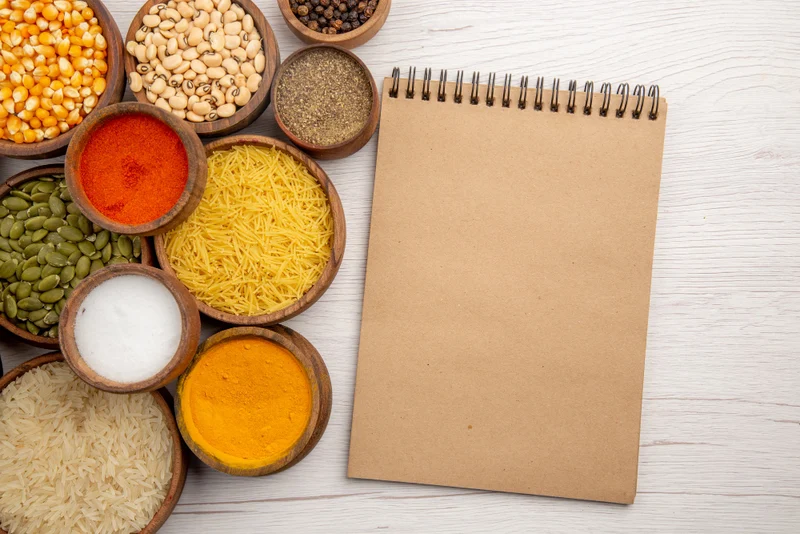- Published on: Jul 22, 2024
- 2 minute read
- By: SecondMedic Expert
Understanding Chandipura Virus Infection
In the vast world of viruses, Chandipura virus stands as a relatively lesser-known entity, yet it holds significant importance due to its potential impact on public health. This virus, primarily observed in India, has been associated with several outbreaks, particularly affecting children. Understanding the Chandipura virus, its transmission, symptoms, diagnosis, and preventive measures is crucial for raising awareness and ensuring public safety.
What is Chandipura Virus?
Chandipura virus (CHPV) is a member of the Rhabdoviridae family, closely related to the vesicular stomatitis virus. It was first identified in 1965 in the Chandipura district of Maharashtra, India, hence the name. The virus predominantly affects the central nervous system and is known for causing acute encephalitis, particularly in children.
Transmission
The primary vector for the Chandipura virus is the sandfly, specifically the species Phlebotomus. These tiny insects are commonly found in rural and semi-urban areas, especially in regions with poor sanitation. The virus is transmitted to humans through the bite of an infected sandfly. While sandflies are the primary mode of transmission, it is important to note that person-to-person transmission has not been documented, making vector control a key strategy in preventing outbreaks.
Symptoms
Chandipura virus infection typically begins with nonspecific symptoms that can easily be mistaken for other viral infections. The initial symptoms include:
Fever: Sudden onset of high fever.
Headache: Intense headache, often accompanied by photophobia (sensitivity to light).
Vomiting: Persistent vomiting, leading to dehydration.
Body Aches: Generalized body pain and malaise.
As the infection progresses, more severe neurological symptoms can develop:
Altered Mental Status: Confusion, irritability, and drowsiness.
Convulsions: Seizures are common in severe cases.
Coma: In extreme cases, the infection can lead to coma and even death.
Diagnosis
Diagnosing Chandipura virus infection can be challenging due to its similarity to other viral encephalitis. However, several diagnostic methods can help confirm the infection:
1. Clinical Assessment: Initial diagnosis is often based on clinical symptoms, particularly in regions where the virus is known to be prevalent.
2. Laboratory Tests: Blood and cerebrospinal fluid (CSF) samples can be tested for the presence of the virus using techniques like RT-PCR (Reverse Transcriptase Polymerase Chain Reaction) and viral culture.
3. Imaging: Neuroimaging, such as MRI or CT scans, can help identify inflammation and other abnormalities in the brain.
Early diagnosis is critical for effective management and improving patient outcomes.
Treatment
Currently, there is no specific antiviral treatment for Chandipura virus infection. Management primarily focuses on supportive care to alleviate symptoms and prevent complications. Key components of treatment include:
Hydration: Ensuring adequate fluid intake to prevent dehydration caused by vomiting.
Antipyretics: Medications like paracetamol to reduce fever and relieve body aches.
Anticonvulsants: Drugs to control seizures in patients with severe neurological symptoms.
Intensive Care: In severe cases, hospitalization and intensive care support may be necessary to manage complications such as comma.
Prevention
Preventing Chandipura virus infection relies heavily on vector control and public awareness. Here are some effective preventive measures:
1. Vector Control: Reducing sandfly populations through insecticide spraying, especially in high-risk areas, can significantly lower the risk of transmission.
2. Environmental Management: Improving sanitation, eliminating breeding sites, and maintaining clean surroundings can help control sandfly populations.
3. Personal Protection: Using insect repellents, wearing protective clothing, and installing bed nets can reduce the risk of sandfly bites.
4. Public Awareness: Educating communities about the symptoms of Chandipura virus infection and the importance of seeking medical attention promptly can lead to early diagnosis and better management.
Conclusion
The Chandipura virus, though relatively unknown compared to other viral infections, poses a significant threat, particularly to children in affected regions. Understanding the transmission, symptoms, diagnosis, and preventive measures is essential for controlling the spread of this virus. By focusing on vector control, improving sanitation, and raising public awareness, we can mitigate the impact of Chandipura virus and protect vulnerable populations from its potentially severe consequences.
Stay informed and protect your loved ones from Chandipura virus infection. Share this blog to raise awareness about this lesser-known virus, its symptoms, and preventive measures. If you or someone you know is experiencing symptoms, seek medical attention immediately. Together, we can help prevent the spread of Chandipura virus and safeguard our communities. For more health tips and information follow us on social media.
Read FAQs
A. Common symptoms of Chandipura virus infection include sudden onset of high fever, intense headache, persistent vomiting, and body aches. In severe cases, neurological symptoms like altered mental status, convulsions, and coma can develop.
A. Chandipura virus is primarily transmitted to humans through the bite of infected sandflies, specifically the Phlebotomus species. The virus is not known to be transmitted from person to person.
A. Preventive measures for Chandipura virus infection include vector control through insecticide spraying, improving sanitation, using insect repellents, wearing protective clothing, and installing bed nets. Public awareness about the symptoms and the importance of seeking medical attention promptly is also crucial.
Our Services
Request A Callback
Recent Posts
Hidden Sodium in Indian Foods – Why It Matters
Jun 13,2025
Lack of Sleep and Its Effect on Immunity
Jun 10,2025










